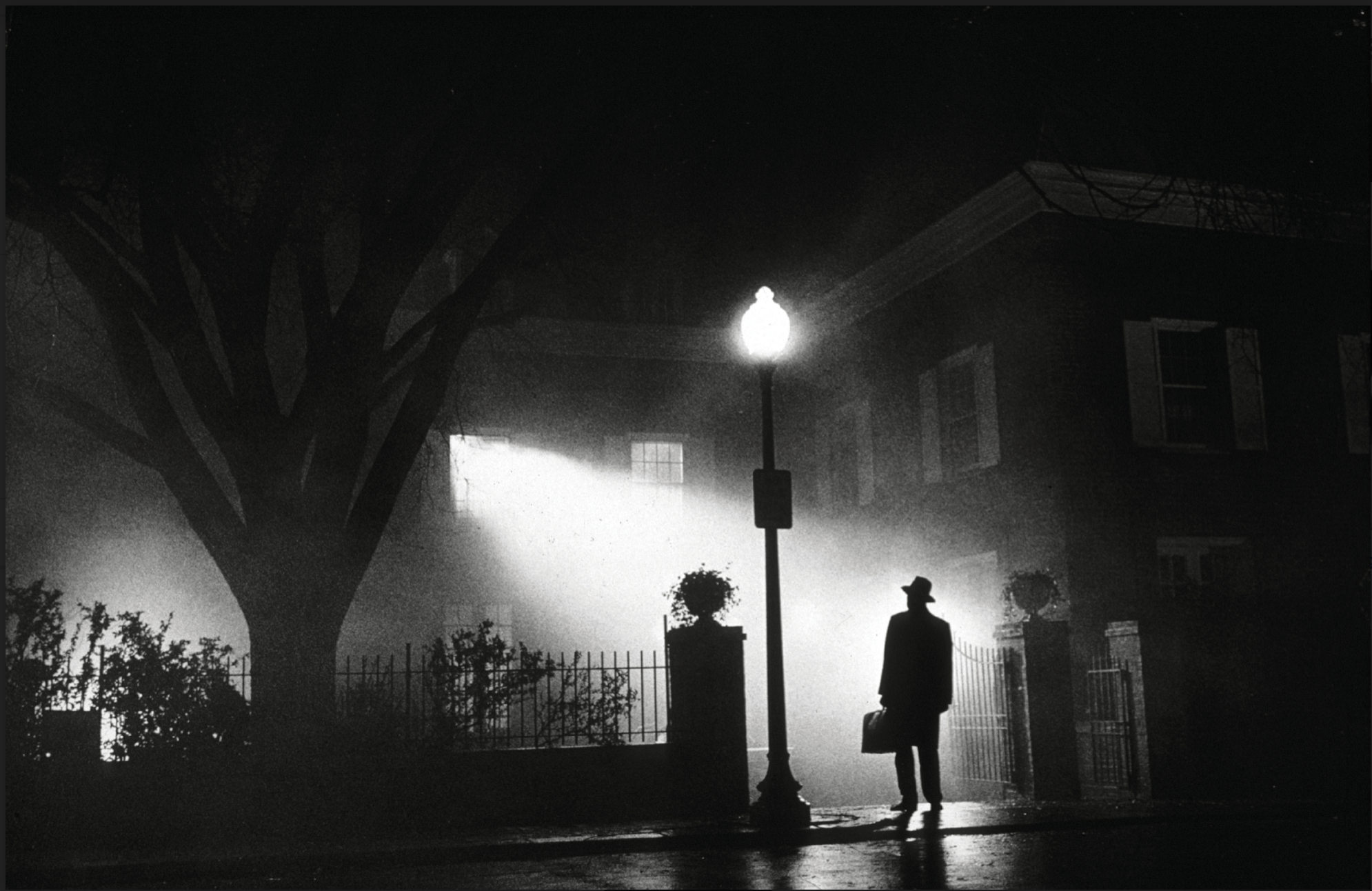For lovers of horror literature, the author has penned down a listicle of 5 must-read horror novels that will promise to tap into the fabric of modern-day anxieties.
When it comes to modern horror literature, the genre has been adapted to mirror our current fears and concerns. It’s like a literary chameleon, deftly capturing the ever-shifting landscape of technology, societal tensions, and the darkest corners of our minds. What makes modern horror stand out is its penchant for blurring the line between the tangible and the supernatural. It’s a genre that delves into the depths of psychological torment, explores cosmic horrors, and delves into the shadows of human nature itself. Imagine Stephen King, Clive Barker, and Shirley Jackson as modern-day alchemists, crafting stories that tug at the very fabric of our anxieties.
They conjure narratives that whisper of isolation, echo with the loss of identity, and reverberate with the profound impact of modern technology. In today’s digital age, these tales exploit our intimate relationship with screens, the internet, and social media to spin a distinctive brand of terror. This subgenre continues to work its spell on readers by holding up a mirror to our modern nightmares and revealing the disquieting mysteries of our time. It’s as if these authors have cracked the code to our collective fears, inviting us to confront the unsettling unknowns that lurk beneath the surface of our everyday lives.
Here is a list of 5 must-read modern horror novels for you.
Mexican Gothic by Siliva Monero-Garcia
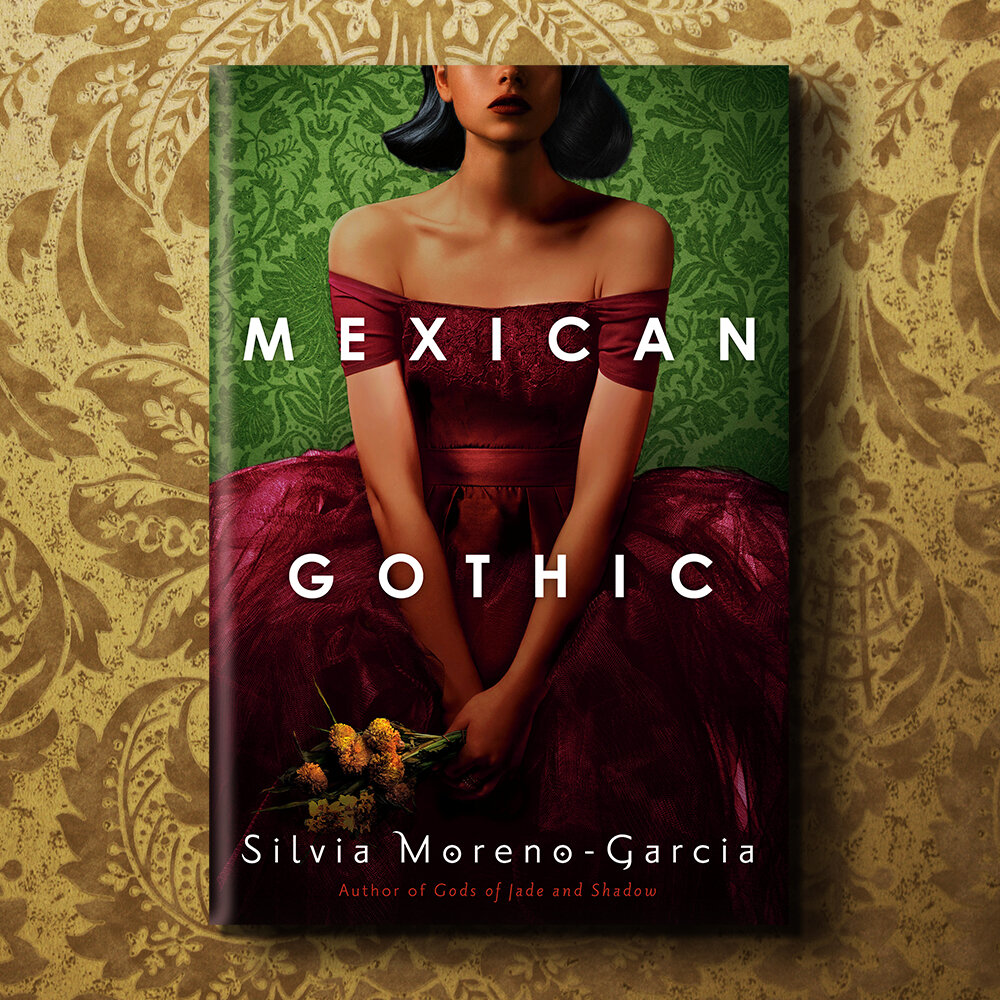
Mexican Gothic (2020) by Silvia Moreno-Garcia is a spellbinding modern horror novel that weaves the eerie atmosphere of traditional gothic horror with the depth of rich cultural and historical narratives.
At its heart is Noemí Taboada, a determined young woman who finds herself thrust into a sinister world. Her cousin, Catalina, sends a disturbing letter, hinting at something deeply amiss in the foreboding High Place mansion. Noemí’s journey to this decaying and isolated estate in 1950s Mexico exposes her to a dark realm where the enigmatic Doyle family’s power is entangled with supernatural phenomena, horrifying secrets, and unsettling experiments.
What sets Mexican Gothic apart is Silvia Moreno-Garcia’s extraordinary storytelling. Her words conjure an atmosphere that is both haunting and immersive, immersing readers in a narrative that confronts not only the terrors of the supernatural but also the chilling legacies of colonialism, racism, and a brutal past. The novel delves deep into themes of female empowerment, cultural identity, and the enduring impact of a dark history. Through Mexican Gothic, she showcases her versatility and innovative storytelling, delivering a thought-provoking and enduring horror experience that stays with readers long after they’ve closed the book.
Ring (Ringu) by Koji Suzuki
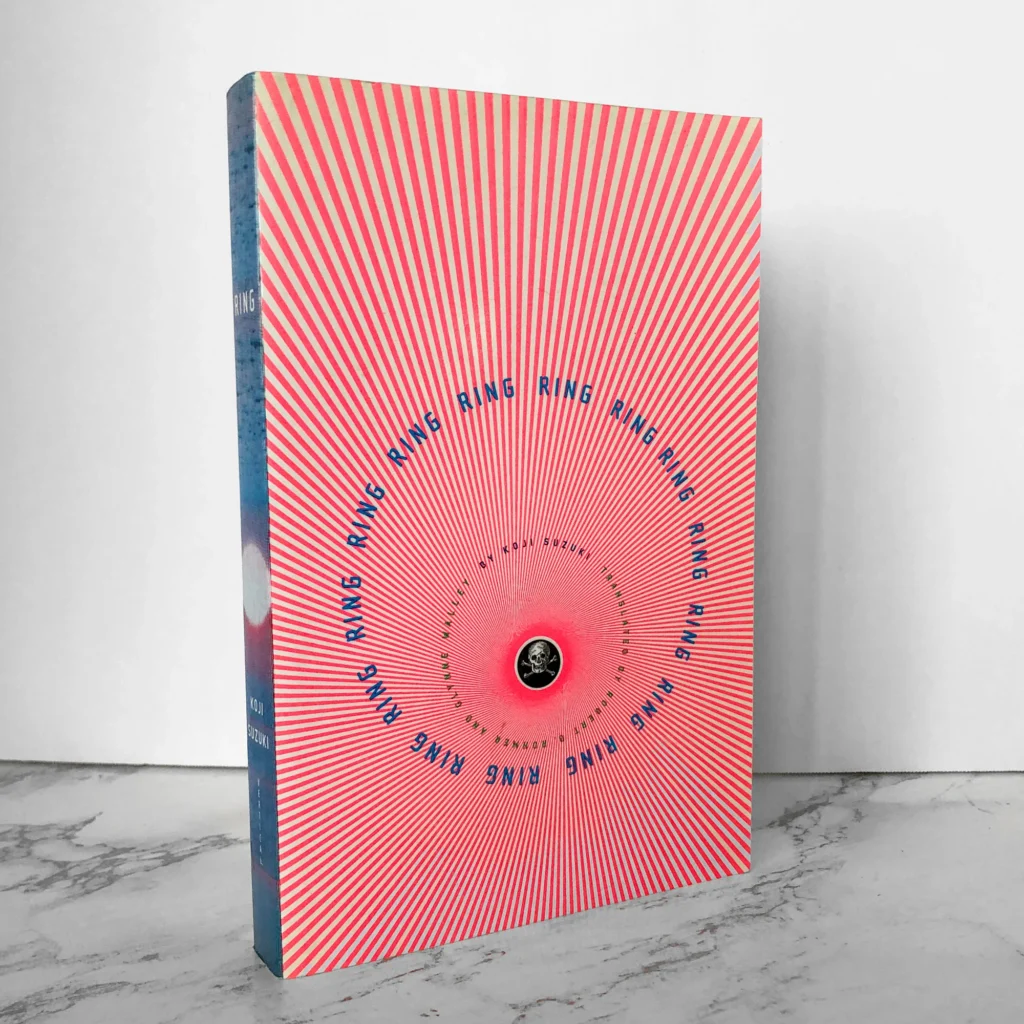
Koji Suzuki is a celebrated Japanese author whose literary journey is steeped in the darkness of the horror genre. Suzuki, born in the enigmatic town of Hamamatsu in 1957, embarked on his writing career by exploring the realms of science fiction. However, it was his foray into the sinister and macabre that catapulted him to international acclaim.
At the heart of his literary legacy lies Ring (1991), a spine-chilling masterpiece that has left an indelible mark on modern horror. Suzuki weaves a nightmarish reality in Ring, where an accursed videotape, once watched, seals the viewer’s fate – death within a relentless week. The novel beckons us into the harrowing odyssey of journalist Kazuyuki Asakawa, racing against time to unearth the origins of this malevolent recording and to break the curse that threatens him and his ex-wife.
What makes Ring a work of sheer brilliance is Suzuki’s uncanny ability to blend supernatural terror with the ever-present unease of modern technology. With precision, he taps into our primal fear of the unexplained, all while holding up a mirror to the ever-growing dominance of media and technology in our lives. Suzuki’s writing is a masterclass in restraint, crafting an atmosphere of relentless suspense that eschews gratuitous gore. The pacing and narrative construction are executed with the finesse of a true maestro, leading to a crescendo of fear that lingers in the mind long after the final page is turned. It has not only spawned numerous adaptations but also ignited a resurgence in horror literature, reminding us that the most potent fear often dwells in the subtle and the unexplained.
Something Wicked This Way Comes by Ray Bradbury
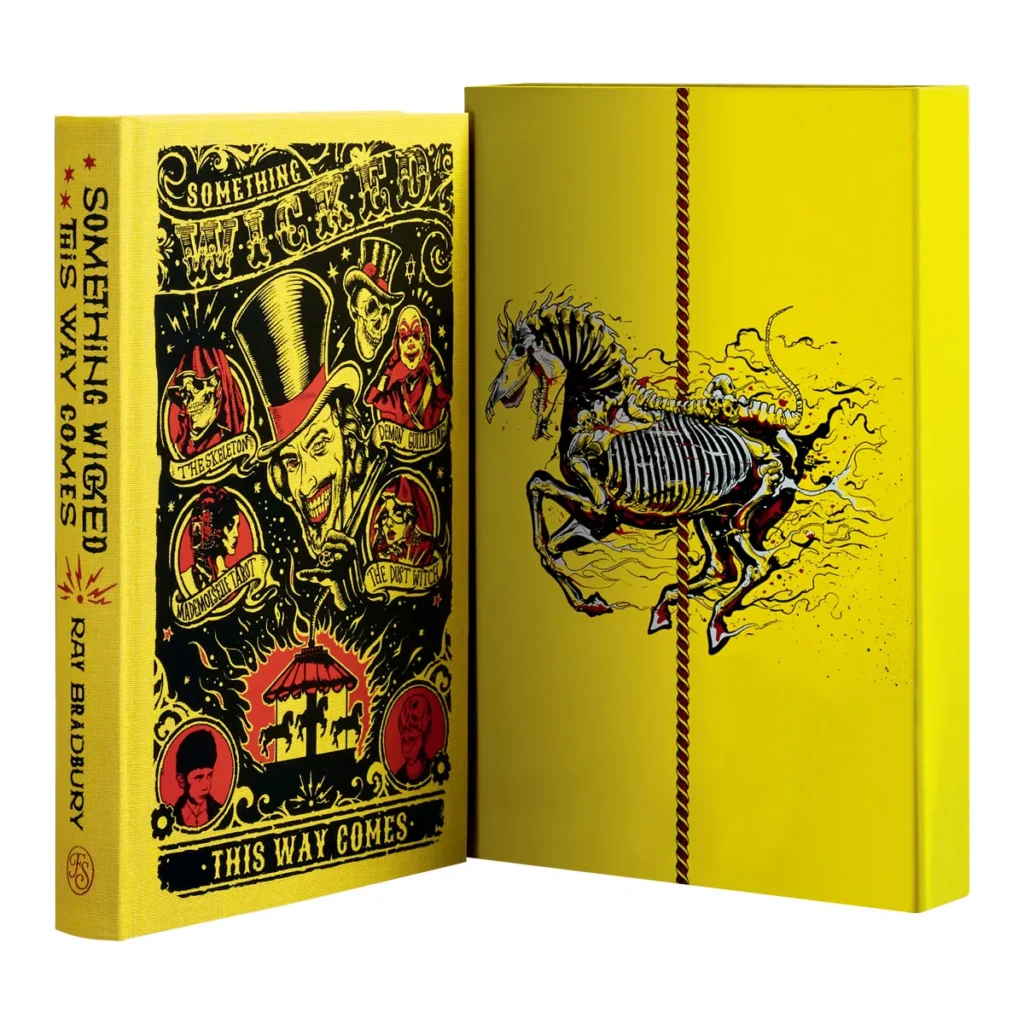
Something Wicked This Way Comes, written by Ray Bradbury in 1962, tells the tale of two 13-year-old friends, Jim Nightshade and William Halloway, and their unsettling encounter with a mysterious traveling carnival that arrives in their Midwestern hometown of Green Town, Illinois, on October 24th. The carnival is led by an enigmatic figure known as “Mr. Dark,” who appears to have the power to fulfill the secret desires of the townspeople. However, beneath the surface, Mr. Dark is a malevolent being who, much like the carnival itself, thrives on the life force of those it ensnares. Opposing Mr. Dark is Will’s father, Charles Halloway, the town library janitor, who grapples with his own fear of growing older and feeling inadequate as a father to Will.
The novel blends elements of fantasy and horror while delving into the complex interplay between good and evil within individuals. Bradbury’s writing style is characterized by its poetic and vivid descriptions, immersing readers in the eerie world of Green Town. The book has garnered acclaim for its exploration of themes like aging, mortality, and the loss of innocence, as well as its fantastic use of symbolism and allegory.
Also Read: Ray Bradbury’s Fahrenheit 451: A True Dystopian Horror for Book Lovers
Pet Sematary by Stephen King

Pet Sematary is a chilling novel written by the renowned American author Stephen King. First published in 1983, it has become one of King’s most iconic and unsettling works. The story revolves around the Creed family, who move to a picturesque rural town in Maine. They soon discover a mysterious burial ground deep in the woods near their new home. This ancient burial ground has a supernatural ability to bring the dead back to life, but not without horrifying consequences.
What makes Pet Sematary particularly chilling is its exploration of deeply unsettling themes. It delves into the grief and desperation of those who have lost loved ones, raising questions about the lengths people would go to in order to bring back the dead. King’s masterful storytelling, character development, and ability to tap into primal fears contribute to the novel’s eerie atmosphere. The book’s portrayal of the macabre and the uncanny serves as a stark reminder that sometimes, the things we fear the most are lurking in the shadows of our own desires.
The Exorcist by William Peter Blatty
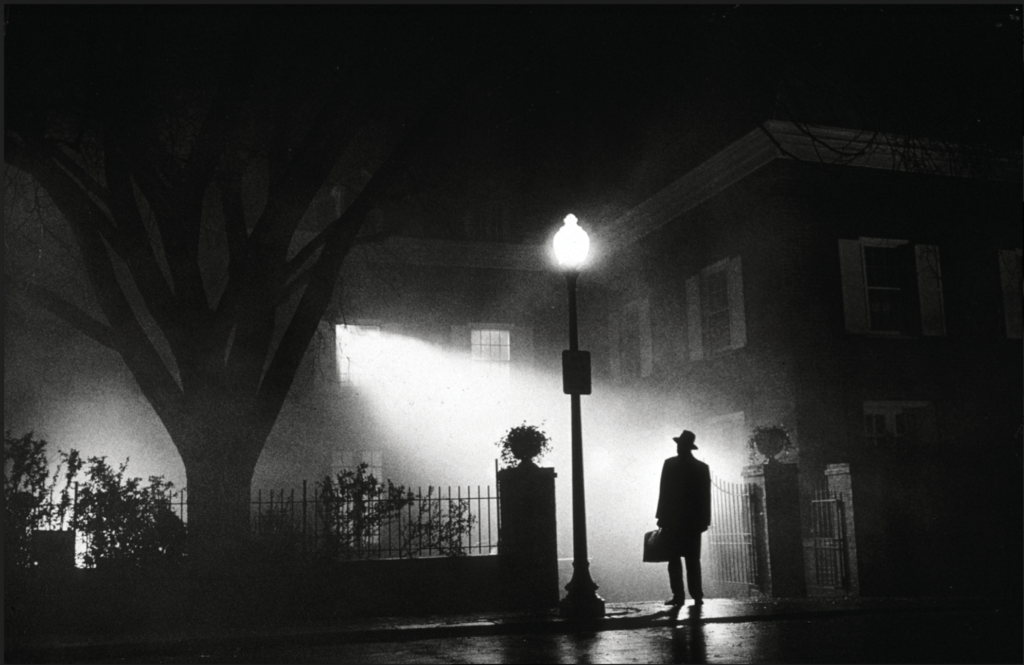
William Peter Blatty was an accomplished American writer and filmmaker renowned primarily for his literary masterpiece, The Exorcist. Published in 1971, this chilling horror novel unravels the harrowing tale of an eleven-year-old girl named Regan MacNeil, ensnared by demonic possession and the valiant efforts of two priests striving to cast out the malevolent entity within her. Blatty drew inspiration from a 1949 case of alleged demonic possession and exorcism, which he came across during his time as a student at Georgetown University. This literary gem quickly ascended to commercial success and has since earned its rightful place as a classic in the horror genre.
Set in the backdrop of Washington, D.C., near the hallowed halls of Georgetown University, where Blatty pursued his studies, the novel delves into profound themes of faith, doubt, and the very essence of evil itself. The immense popularity of the book paved the way for a 1973 film adaptation, also scripted by Blatty and directed by William Friedkin, featuring stellar performances from Ellen Burstyn, Max von Sydow, and Linda Blair.
The Exorcist is renowned for its visceral depictions of demonic possession and its profound exploration of religious motifs. While it has garnered acclaim for its suspenseful narrative and ability to induce terror in readers, it has also faced criticism for its graphic content and portrayal of female characters. In essence, The Exorcist stands as an enduring icon in the horror genre, leaving an indelible mark on popular culture through its exploration of religious themes and spine-tingling accounts of demonic possession.

